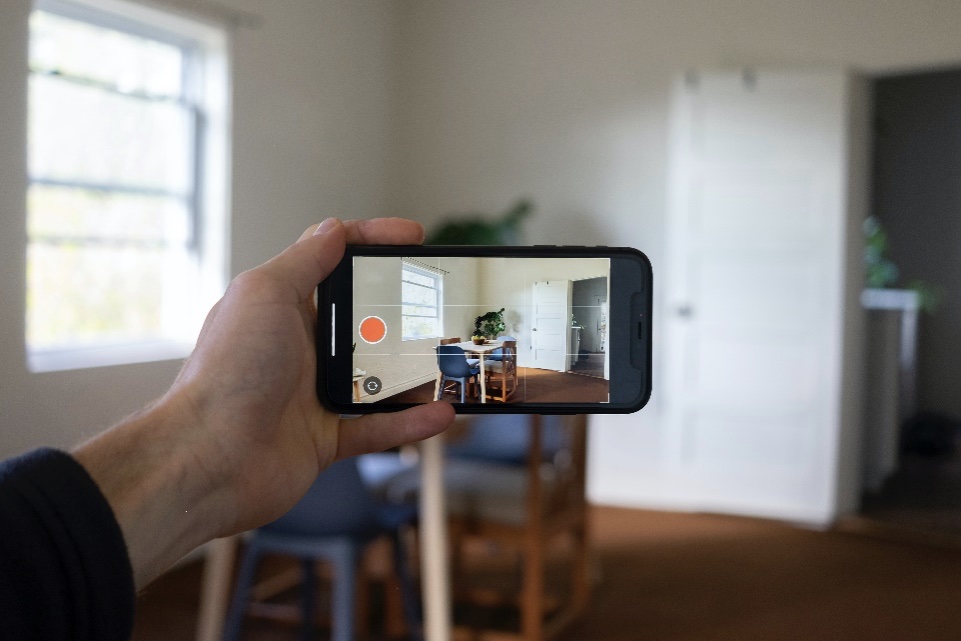Discovery Research with Digital Ethnography
The UX discovery phase relies heavily on knowing users. Without proper research methods, products and services are doomed to a short life on the market. Adoption and engagement is the goal of all digital products and services, but to achieve those goals, companies must know their users intimately. By working in the problem space during the discovery phase, companies are not only able to build better products, but they are positioning themselves strategically. Knowing your users is knowing your future.
Digital ethnography is quickly becoming the key to unlocking what users really want. Classically, these field studies place a researcher within the context of the user’s environment to not only understand, but to live vicariously through frustrations, challenges, and successes. This method can be applied in a variety of ways:
- Shop-Alongs
- Diary Studies
- Shelf Tests
- Co-Creation
- Collecting Testimonials
- Customer Segmentation
Through immersion, researchers understand the user’s context in a whole new light. Context is one of the key challenges to adoption and engagement. Today, products must not only solve problems, but they need to fit within the user’s lifestyle. Digital ethnography unveils key insights into when a product is used, how it is used, where it is used, and why. With these insights, researchers and designers can fashion products and services that fit their users. For example, weather apps are helpful, but a weather app that notifies a user before her daily commute to work will see better engagement and adoption by saving her shoes and her time!
In the wild
Ethnography demands planning and coordination:
- How long will this study run?
- How are we recruiting participants?
- How will we conduct the studies?
- What data will be recorded?
- What questions would you like this study to answer?
- Will you be approaching with a singular method or a mixed-method approach?
It can be daunting when laying out the plans for digital ethnography, and frankly, it used to be. However, more firms have been coming on to the market to coordinate, recruit, and settle logistics. This is giving more time back to researchers and designers to delve deeply into insights and develop highly intuitive products that fit into daily life.
Digital Diary Studies
These studies require users to keep a log of experiences, frustrations, and activities over a predetermined period of time. Diary studies can reveal extremely novel insights into product usage and effectiveness. This type of study can capture experiences with products and services during or close to the moments of use. Diary studies have the added advantage of being timely; key insights can be lost when too much time passes. However, diary studies must be approached wisely. Researchers can’t just read the logs and be done- they need to know the user.
Don’t focus exclusively on the entries. They are only half of the story. Try to understand what they haven’t shared/captured/shown you.
– Siamack Salari
Benefits of Digital Diary Studies:
- Useful for understanding ingrained behaviors and beliefs
- Understand habits and situational context from the user’s viewpoint
- Real-time feedback on product/ service use
Remote Interviews
Interviews are a pillar of digital ethnography as they are the unfiltered testimonials of the user. The wealth of knowledge gained through interviews is hard to dismiss. Interviews are not simply a time to discuss the product but to see it within the user’s novel context. When conducting interviews, researchers should be prepared with low-fidelity prototypes and simple artifacts to gain a clearer understanding of how exactly this product is or isn’t being used. Interviews like these not only gain contextual understanding, but it gives the researcher the ability to question users and observe them.
Benefits of Remote Interviews:
- Convenient and easy for users
- Can be done within the normal context of their daily lives
- Can use artifacts and prototypes to gain clarity on user responses
Co-Creation/ Ideation Sessions
This highly collaborative method unlocks the creativity of many and can be a rather transformative experience for products and services. By working with users, researchers and designers empower the user to engage in the problem-space unrestrained by current product offerings. User-centered design advocates hail participatory methods like these as the golden grail of ideation. By working in tandem with users, one gains incredible insights, observes novel problem-solving, and captures the added benefit of many people working together to fill gaps. Co-creation isn’t just about designers and researchers working with users, these sessions can include stakeholders as well. These sessions not only improve ideation and solutions, but these sessions force designers, researchers, executives, and stakeholders to confront customer emotions.
Benefits of Co-Creation/ Ideation Sessions:
- Builds empathy between the organization and the user
- Produces Artifacts and prototypes for further development and iteration
- Collaborative problem-solving from a variety of perspectives
Discovery Deliverables from Ethnographic Studies

Ethnographic studies create the foundation for the rest of your design process. The unshakeable insights gained during discovery will set the foundation for success. After studies have ceased, early assumptions will be confirmed or rejected and questions will have been answered. However, with methodologies like these in practice, researchers and designers often gain more information than just answers to questions and confirmation. The data will be leveraged in a myriad of ways:
Personas & Scenarios
Data will inform personas and scenarios based on true users. Many companies produce assumptive personas, but research can truly validate personas and their usage scenarios. By understanding the needs, desires, and tasks of real users, researchers can communicate the data empathically to their team. Assumptions are now transformed into insights.
Site Maps, User Journeys, & Flows
The observational nature of ethnographic research produces true user flows. Understanding how a user gets from point a to b, or in some cases point a to d to z to b, can be incredibly important in aligning app structure to common flows. Rather than forcing a path, researchers can work with them to build out a more intuitive path through an experience.
Wireframes & Prototypes
Artifacts used during interviews and co-creation sessions are paramount to developing experiences that suit the users. Understanding the role of artifacts and context on product usage is extremely important to developing seamless experiences. Perhaps your app should be developed for watches, mobile, and tablets, but how will the engagement look across devices? With the knowledge of their typical days, designers can produce experiences that satisfy the user across devices rather than frustrate them.

